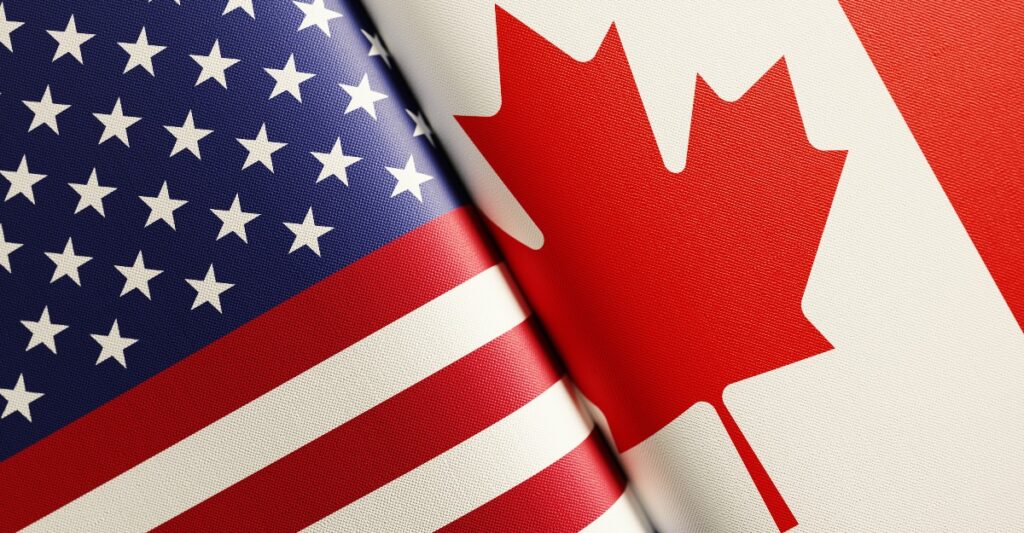3 Key Differences Between SPL & SPM
SPL and SPM each play a vital role in making drug information easy for health providers and patients to understand. But what are they, and how are they different?

Structured Product Labeling (SPL) is a Health Level Seven International (HL7) standard for formatting product and drug information, enabling the exchange of data in a consistent and machine-readable format, XML. Having a single format enables automated data processing and faster retrieval of information. This makes it easier for consumers and healthcare providers to search for relevant and concise drug information.
The United States implemented SPL in 2005, initially only for products regulated by the Food and Drug Administration (FDA)’s Center for Drug Evaluation and Research (CDER). In 2009, the FDA expanded the requirement to include all over-the-counter (OTC) and Veterinary medicines, as well as requiring that all companies who produce OTCs, Pharmaceuticals, Biologics, and Veterinary medicines submit their registration and listing files in SPL format. The SPL documents contain the Content of Labeling as well as data about the products. Some of the information contained in the file includes ingredients, indications, contraindications, dosage, administration, and safety.
A Structured Product Monograph (SPM) is Health Canada’s implementation of SPL, which it announced in 2019. SPMs contain thorough information about a drug product, such as its chemistry, pharmacology, toxicology, and details about clinical trials.
Like the FDA’s implementation, SPM contains the Content of Labeling for the product as well as data about the product, coded in order to make it easier for systems to read and exchange information.
While SPL and SPM are both based on HL7’s standard product model, there are three key differences:
- Scope
- Codes
- Languages
A Closer Look at What Makes SPL & SPM Different
1. Scope
- Product name
- Route of administration
- Active, inactive, and adjuvant ingredients
- Drug Enforcement Administration (DEA) schedule
- Product type
- Dosage form
- Strength of active ingredient
- Basis of strength
- Content of labeling text sections (e.g., 12.1 Mechanism of Action)
- Application number
- Distributor’s name
- Production characteristics like color, shape, and size (for example)
- Information on packaging
- Marketing information like the category, status, start and end date
- Representative samples of cartons or containers
- Product name
- Therapeutic or pharmacologic classification
- Actions and/or clinical pharmacology
- Indications
- Contraindications
- Dosage and administration
- Symptoms and treatment of overdosage
- Dosage forms
- Warnings
- Precautions
- Adverse reactions
- Drug interactions
- Effects on laboratory tests
- Storage and stability
- Special handling instructions
- Pharmaceutical information
- Information on clinical trials
- Microbiology
- Toxicology
- Information for the patient
- Dates of initial approval
- When applicable, the date of the last revision
2. Codes
In the U.S., all drug products are assigned a National Drug Code (NDC) that is unique for the product and labeler combination. The first 2 segments of the NDC Code uniquely identify the drug product and all of its characteristics while the third segment identifies distinct packaging configurations in which the product is marketed.
Health Canada drug label codes are unique codes used to identify prescription and over-the-counter drugs in Canada. These codes are assigned to products by Health Canada and used in the Drug Identification Number (DIN) system. The codes are typically eight characters long and consist of a series of numbers, letters, and symbols.
3. Languages
In the U.S., SPL is an English-only system. But Canada’s Food and Drugs Act and Regulations state that all product labels, including monographs, must be in both of its official languages: English and French. What this means in terms of SPM files is that not only does the Content of Labeling need to be submitted in both English and French, but all of the descriptions of the codes used to define the product must be submitted in both English and French.
SPL and SPM also differ in their requirements for plain language. Since 2014, Health Canada has required plain language elements in their product monographs to make information easier to understand for all Canadians. To support this, Health Canada provides tools to evaluate text for plain language at grade 6 to 8 reading level. By providing this material in both English and French, in plain language, and on the Internet, Canada can reach as many of its citizens with as much accurate information about health products as possible.
Conclusion
Understanding the differences between SPL and SPM can help your pharma company comply with the regulatory authorities, which is necessary for getting your drugs to market. The product information, codes, and languages are unique to each standard, so keep them in mind as you create these documents for your products.
SPL Portal by Intagras is a pharmaceutical labeling submission tool that can create and submit SPL and SPM files with ease. Contact us to get started for free.
Need SPL or SPM help? Talk to us.
Have questions? Need more info? Talk to one of our experts or request free access to our SPL Portal today.
